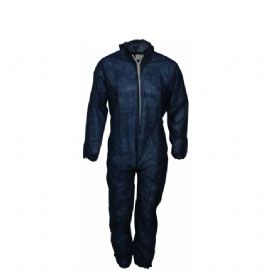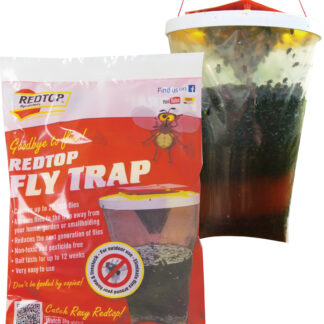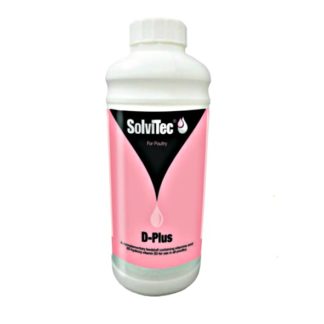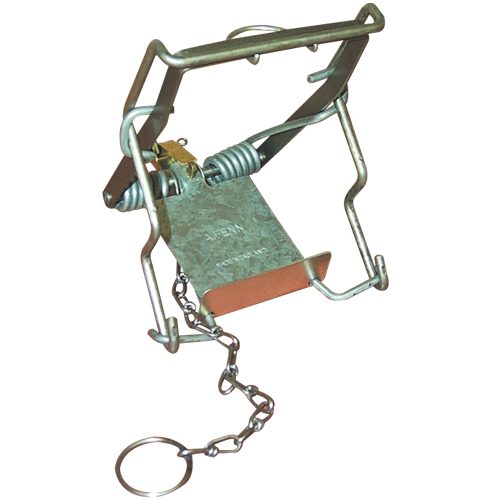Many rodents are considered pests in the UK for a wide variety of reasons. Rodents such as rats and mice can carry and transmit many diseases to humans, pets, and other animals, including salmonellosis, E. coli, and bird flu. A single rat carrying bird flu can result in an entire flock of captive birds having to be humanely culled.
Rodents are defined by their continuously growing incisors on their upper and lower jaws. To keep these in check, rodents chew and bite anything they can get their teeth into. This results in damage to homes and businesses when they chew through wires, walls, fences, feeders, and much more.
If you’re concerned about rodents damaging your property or harming your livestock, there are quick and efficient ways to prevent, deter, and eliminate them. First, though, it’s good to have an understanding of the rodents we have here in the UK and how to identify them so that you’re better prepared to protect against them.
In this post, we’ll discuss the UK’s most common rat and mouse species, how to identify them, and what can be done to prevent and remove their presence.
Rats
Rats are secretive creatures, so they will make their nests in secluded places tucked away from sight. They aren’t fussy when it comes to the location of their home and can be found in burrows under tree roots, your barn loft, cavities in your home’s walls, and anywhere else that is dark and away from footfall.
Unfortunately, if you spot a rat out in the open in your home or workplace, there is a strong chance that you already have an infestation on your hands. This is because rats want to keep away from people, so if they’re out in the open, they feel forced to do so, likely from overcrowding. The population may already be so large that space has run out, resulting in rats running around and looking for a new home, or it could be that food sources are getting scarce due to too many mouths to feed.
It’s easy to differentiate between black and brown rats, as they have contrasting characteristics.
Brown rat
If you see a rat in the UK, it is almost certainly the brown rat. Also known as the Norway Rat, this incredibly common rodent is found both indoors and outdoors. It is identifiable by its brown fur and blunt nose, with its ears pressed close to the body. Another tell is that the brown rat’s body is longer than its tail.
Black rat
The black rat is a much more rare sight but can be spotted in docks and port cities in the UK. Black rats are shorter and slimmer, with tails longer than their bodies. Their noses are pointed, not blunt, and their ears are large and hairless. Their fur tends to be darker, but this is a trickier identifier between the two species.
Mice
Voracious eaters and secretors, most mouse species will eat anything and leave their contaminated droppings behind. Spreading disease and causing damage, mice pose an almost identical risk as rats, the only difference being their smaller appetites. They make up for this, however, in numbers, each female mouse capable of around 12 offspring per 10 litters a year.
Wood mouse (field mouse)
The wood, or field, mouse is identifiable by its brown back and white underbelly. It has a long tail and very large eyes and ears, and it moves quickly in hops. While only growing around 8-10cm, the wood mouse is one of the UK’s largest mouse species.
House mouse
The common house mouse has ashier fur than the field mouse, a grey-brown share all over its slightly rounded body. It grows to around 7-9cm with a tail typically longer than its body and is mostly found in houses, barns, and other buildings.
Harvest mouse
This very small mouse is mostly vegetarian and is most commonly found in long vegetation, building nests in marshes and reed beds. It has golden fur and a white underside, and it uses its tail as an extra limb as it climbs. The 5-7cm harvest mouse is known as the UK’s smallest rodent.
Yellow-necked mouse
Almost identical to the wood mouse, if not slightly larger at 9.5-12cm long, the yellow-necked mouse is harder to identify. Look for a yellow-brown colour around its neck and on its back. If you live in the north of the UK, you likely won’t see the yellow-necked mouse; it lives in the south in gardens and woodlands.
Hazel dormouse
The hazel dormouse is not a pest, but we feel it’s necessary to mention it.
Despite the name, dormice aren’t actually mice; they are just closely related. It’s very important that if you see one of these tiny golden rodents, characterised by its fluffy tail and big eyes, you do not attempt to capture or kill it. Hazel dormice are a protected species and at great risk of extinction. Believe it or not, if you’ve been found to harm one, you could get a large fine or go to prison for up to six months.
If you need to do work that will disturb a dormouse rest or breeding site, you need to apply for a mitigation license and get professional help. Do not put down traps or poison in an area where you know dormice are present.
Grey squirrels
The UK is home to two squirrel species: the grey squirrel and the red squirrel. While the red squirrel is native to the UK, records show that they may have been here since the ice age, while grey squirrels are American and have only been here since the late 1870s. The grey squirrel is known as an invasive species and pest, while the red squirrel is protected.
It is not unusual to have never seen a red squirrel. They have either been forced into less favourable woodland areas or died out due to how the larger, hungrier and more aggressive grey squirrel has dominated food sources.
Grey squirrels are considered pests for many reasons. Some of those they share with other rodents, such as property damage and spreading disease, but it has its own unique factor, too. Grey squirrels are capable of causing immense, lasting damage to trees by stripping the bark to get to the sap. This leads to staining, deformation, and tree decay, which have a huge impact on the quality and value of the wood. If you grow trees for timber, grey squirrels pose a serious threat to your product.
Protect your property and animals with AFS Supplies
If you want to prevent an infestation or eradicate the presence of any rats, mice or squirrels already causing damage, we’re here to help.
We have a wide and varied range of rodenticides to suit specific requirements, such as Brodiag Brodifacoum wholewheat poison for in and around buildings. If you have livestock to think about, opt for traps and bait stations to stop animals like captive birds from eating the poison, like the Bora Rat Bait Station paired with Rodex Oktablock blocks.
If you need advice tailored to your situation, don’t hesitate to get in touch. Our expert team are on hand to assist, with years of experience enabling us to give the best personalised suggestions. Call us on 01842 765 634 today.




